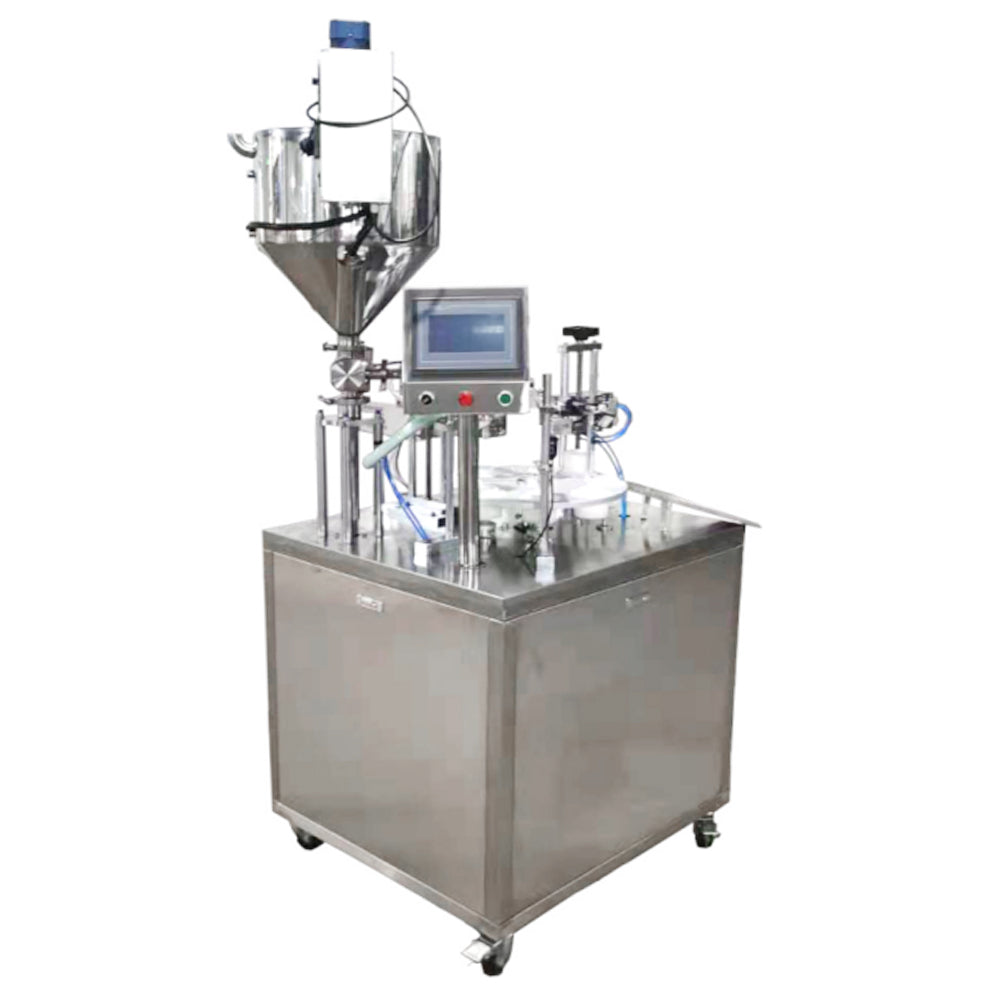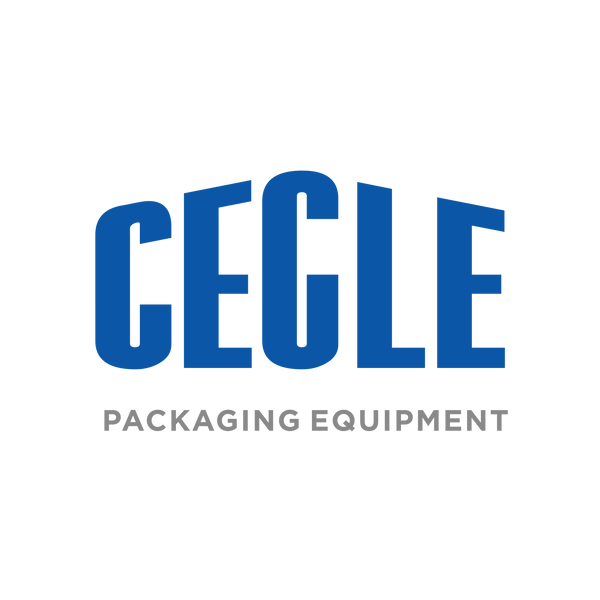
What Is a Semi-Automatic Filling and Sealing Machine?
Share
A semi-automatic filling and sealing machine is a packaging device used for products in paste, cream, or liquid forms (e.g., ointments, cosmetics, food, etc.), combining automated filling with manual-assisted operations. Below is a detailed breakdown:
1. Core Functions
- Filling: Accurately dispensing a measured quantity of product into tubes (e.g., aluminum, plastic) with adjustable precision.
- Sealing: Sealing the tube end via heat, crimping, or ultrasonic methods to ensure leak-proof closure.
2. Semi-Automatic vs. Fully Automatic
-
Semi-Automatic:
- Manual Involvement: Requires operators to load tubes manually and initiate filling/sealing cycles.
- Speed: Slower output (5–20 tubes per minute), ideal for small-batch production.
- Flexibility: Easy tube/formula changes, suitable for multi-product lines.
- Fully Automatic: Entire process (tube loading, filling, sealing) is automated for high-volume production.
3. Standard Workflow
- Manual Tube Loading: Operator places empty tubes into holders.
- Auto-Filling: Machine dispenses preset product volume.
- Sealing: Tube moves to sealing station for heat/crimp closure.
- Manual Unloading: Finished tubes are removed for inspection/packaging.
4. Key Components
- Filling System: Piston pump or screw auger for adjustable dosing.
- Sealing Unit: Heated jaws, cooling blocks, or ultrasonic sealers.
- Control Panel: Adjust parameters (temperature, fill volume, speed).
5. Applications
- Small/Medium Enterprises: Low-cost, easy maintenance.
- High-Viscosity Products: Toothpaste, medical creams, adhesives.
- R&D/Pilot Production: Quick adaptation to new formulas or tube sizes.
6. Pros & Cons
-
Advantages:
- Cost-Effective: Lower upfront and operational costs vs. fully automatic models.
- Versatility: Ideal for frequent product changes.
-
Limitations:
- Labor-Dependent: Output relies on operator efficiency.
- Consistency: Slightly inferior to fully automatic machines.
Purchasing Considerations
- Key Factors: Production scale, product properties (e.g., oxidation sensitivity), budget.
- Upgrade Options: Some models allow add-ons (e.g., auto tube loaders) to boost productivity.
These machines are widely used in cosmetics and pharmaceuticals, offering a balance between basic production efficiency and affordable initial investment.
